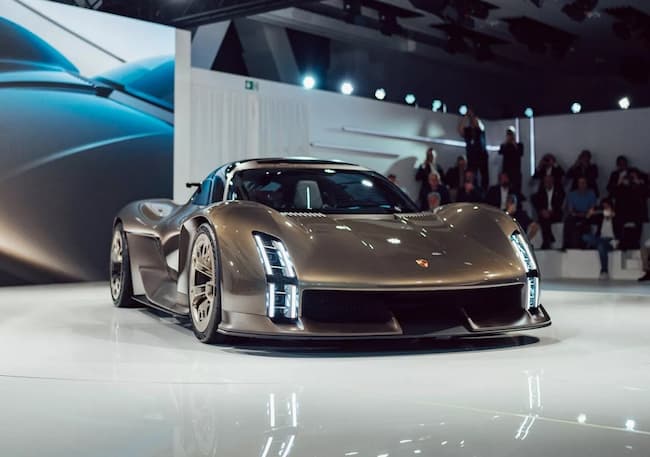In the world of transportation, some vehicles are not just meant to serve a purpose but also to captivate the imagination and leave a lasting impression. One such vehicle is the White Streamliner 1947 by Labatt, a brewery based in Ontario, Canada. This iconic truck, with its curvaceous lines and vibrant colors, was designed to catch the eye and make a statement. While its visual appeal took precedence over aerodynamics, there is no denying the dynamic impact it had on the public during its heyday.
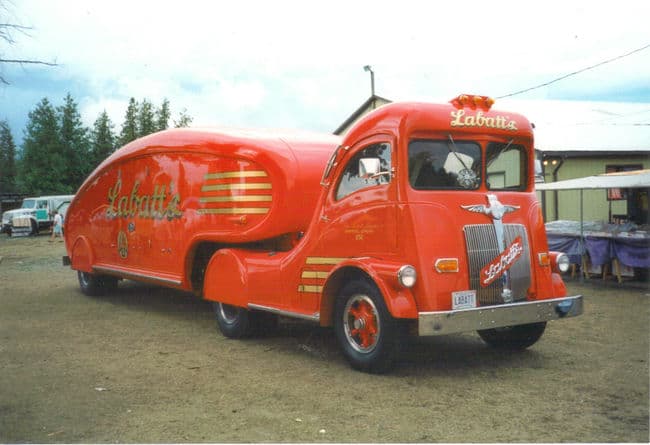
Labatt’s Brewery, known for its innovative marketing strategies, embarked on a venture in the late 1970s to restore one of their third series Streamliners built in 1947. Collaborating with Joe and Bob Scott of London, Ontario, they aimed to bring back the large rolling billboards that had effectively advertised Labatt’s products in the past. The project was set in motion, fueled by a desire to blend nostalgia with contemporary advertising techniques.
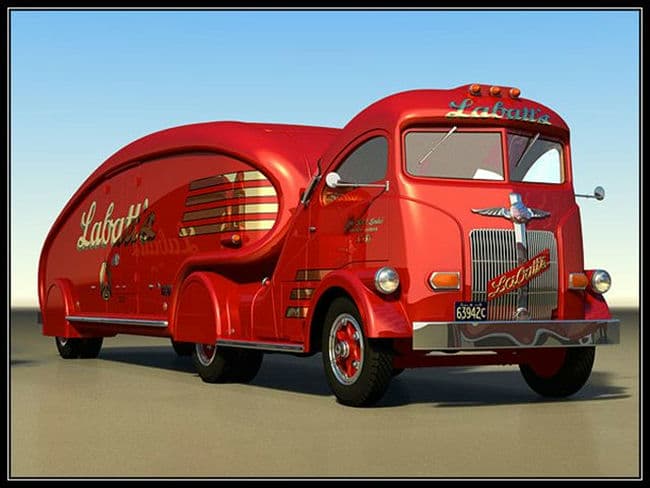
During the 1930s and 1940s, beer advertising faced stringent regulations in Ontario. Traditional forms of advertising, such as dynamic print ads, were prohibited, and television was still in its nascent stage. To circumvent these limitations and create a visual impact, breweries turned to custom-built trucks. Labatt’s, in particular, pioneered this trend by commissioning renowned designer Count Alexis de Sakhnoffsky to create a fleet of trucks that were distinct from the boxy production models of the time.
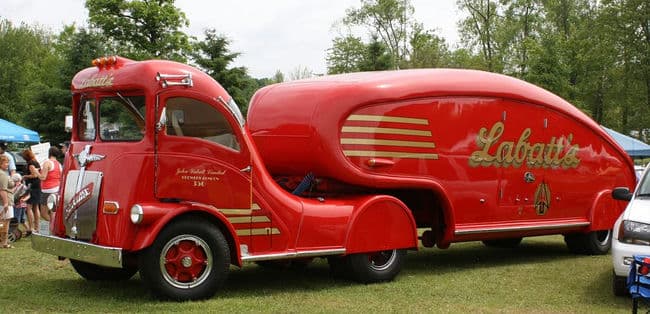
The Streamliners stood out on the roads of Ontario, catching the attention of everyone they passed. With each new series, the designs became more curvaceous and futuristic. The streamlined trailers, although smaller in volume compared to their square counterparts, met the weight restrictions imposed on beer shipments. The custom-built trailers, crafted by Smith Bros. Motor Body works of Toronto, featured wooden frames covered in hand-formed metal panels, often made of aluminum. The interiors of the trailers were lined with wood from floor to ceiling.

Labatt’s initially ordered 15 Streamliner units, priced at $30,000 each. However, due to various factors, only 10 were completed between 1946 and 1948. These Streamliners served Labatt’s faithfully until 1957 when changes in truck regulations and advertising practices rendered them obsolete. The introduction of dual-axle construction allowed for heavier loads, while Labatt’s also found new avenues for advertising, such as television. The trucks underwent a transformation, with conventional styling replacing the bold and futuristic designs. Additionally, the decline of skilled coach builders further contributed to the retirement of the Streamliners.
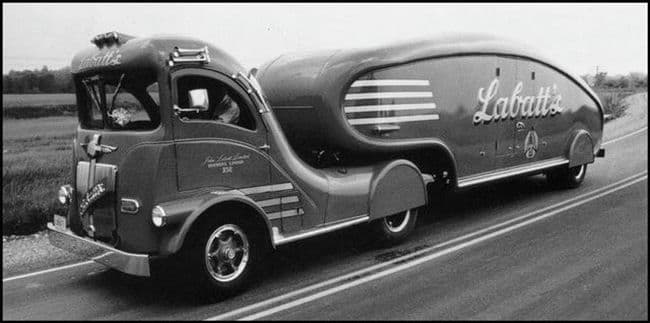
Joe Scott, a White truck dealer in London, Ontario, had been a significant customer of Labatt’s. As the Streamliners were retired, Labatt’s sold them to Scott, who became their caretaker. The trailers, designed exclusively for the Streamliner tractors, were no longer in demand and found new roles as storage units or crew shelters on industrial sites. Unfortunately, the tractors were rendered obsolete as well since they could only be coupled with the unique streamlined trailers and were eventually scrapped.
One of the surviving gems from this era is a 1947 White COE chassis model WA-122, serving as the base for the Streamliner cab. It is powered by a gasoline-fueled straight six-cylinder engine, the White Mustang model 150A, delivering 135 bhp. The cab’s distinct feature is its ability to tilt forward, granting easy access to the drivetrain, a feature exclusive to the White COE. Equipped with a Clark model 501-B five-speed transmission and a White model 33C single reduction rear axle, this truck exemplifies
